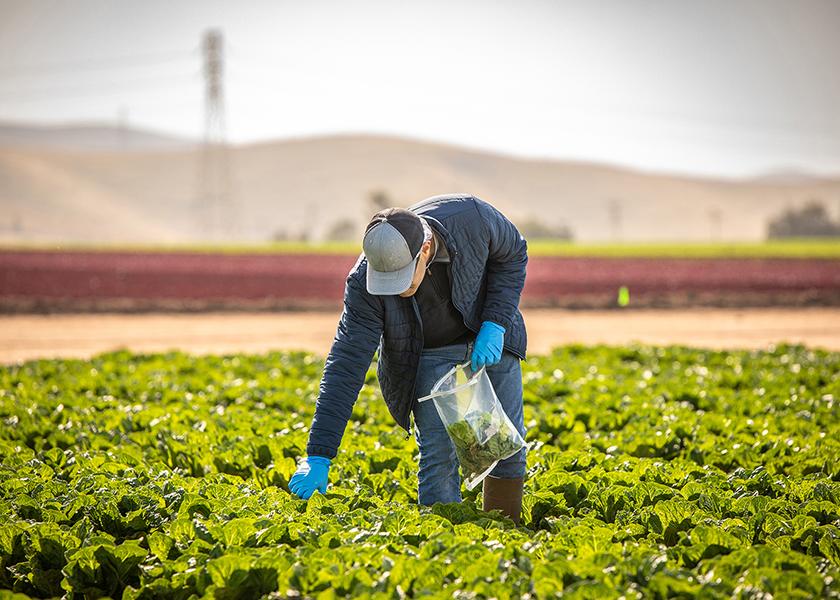LGMA seeks to raise the food safety bar with industrywide romaine study

To up the ante on food safety, the fresh produce industry is taking notes from recent commercial air travel safety advances.
Mirroring the strides in the aviation industry over the last two decades — which has virtually eliminated fatal crashes in the last 13 years and counting through data sharing and standardizing best practices — the California Leafy Greens Marketing Agreement has recently outlined a vision to crack the code on romaine lettuce food safety.
“We've got people investing millions of dollars — literally millions of dollars — into testing every year. If we're working with that data in silos, we're not learning from each other. If we're not studying that data ourselves as individual companies, we're not going to reap the benefit of it,” California LGMA CEO Tim York told The Packer.
'Food safety is not a competitive issue'
LGMA’s blueprint for tackling romaine food safety is to learn from and analyze testing data in romaine lettuce production from participating members. The organization is accomplishing this by way of a two-year longitudinal study, recently approved unanimously by its advisory board, named “Romaine Test and Learn.”
The study aims to leverage members' romaine lettuce pathogen test data to aggregate and analyze larger trends and opportunities at an industrywide level. Although testing will not be mandatory for LGMA members, anyone who does testing will be required to meet a minimum standard and submit testing data quarterly to the California LGMA, according to a news release.
“It's a big step forward,” York said. “Getting members with proprietary data to trust and to vote unanimously as a board of advisors and handlers to say, ‘we trust LGMA enough that we're going to submit our proprietary data because we think there's value in learning together,’ that's a remarkable accomplishment.”
Not only does that represent an evolution in how the LGMA leadership and board approaches romaine food safety, but also in how industry leaders are approaching the issue, he said
Launching this study is the first step in moving toward preventative food safety and away from reactive food safety, Jan Berk, LGMA chair and San Miguel Produce chief operating officer, told The Packer.
“Food safety is not a competitive issue. It's a necessary issue that we have to be in alignment with and understand that we have the ability to help make change in a positive way — but we have to do it together,” Berk said.
This is a signficant step, but it’s also just the beginning, she said.
Related news: Picking up the pieces: California lettuce and leafy greens stabilize after rocky spring
“My hope is that we really do learn something from this, because we all are frustrated with any kind of food foodborne illness outbreaks,” Berk said. “This study is focusing on romaine specifically, which should help LGMA gain clarity and get some answers.”
She said better understanding of the issue is needed to move forward and develop a risk-based program.
What to expect next for the 'Romaine Test and Learn' study
The next steps of the “Romaine Test and Learn” kickoff include a public comment period, followed by a program rollout to members as early as the September, York said.
“We've got a lot of work to do on the on the backend — getting the database up and running and setting up our 83 handlers within the database to submit that information in a well-protected system,” he said.
The database will be hosted by the “Romaine Test and Learn” study partner, Western Growers. The organization will make its data sharing and analytics platform, GreenLink, available to fresh produce operators to submit anonymously. GreenLink will aggregate and transform disparate datasets to be analyzed, according to the release.
Learn more about GreenLink on the Western Grower’s site.
The data collection period for the study will span October 2023 through October 2025 with LGMA members sharing data quarterly and includes audit verification, according to the release.







